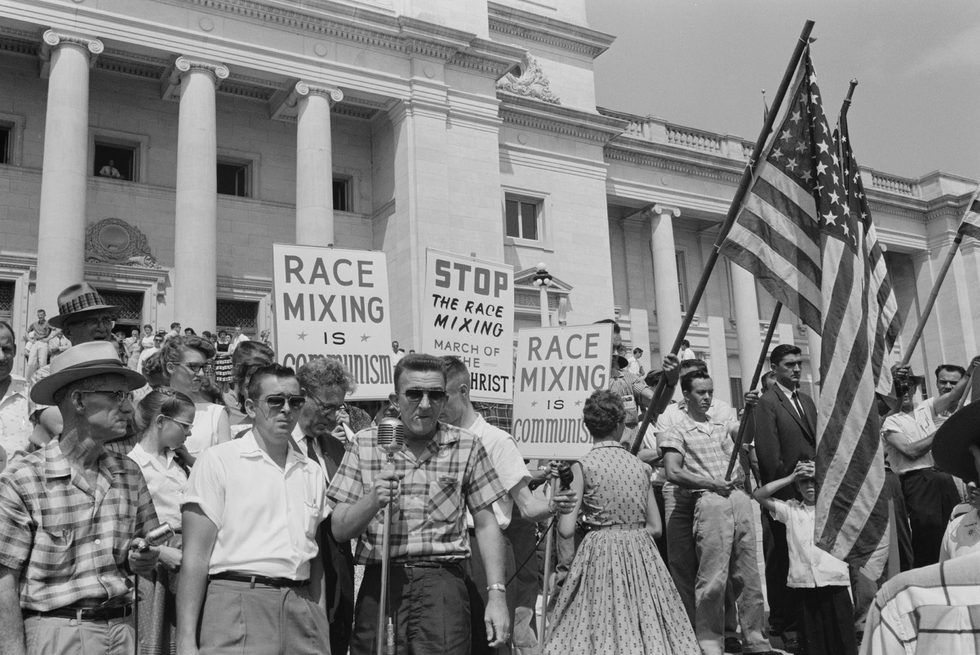Teaching Race: Deviation
From the Series: Teaching Race
From the Series: Teaching Race

When I lead class discussions on race relations in the United States and Latin America, I am often asked if race is similar to caste systems in India and if casteism is like racism.
While seemingly disconnected from the topic at hand, students most likely direct these questions to me because I am from South Asia and my research seeks to understand how Dalits (formerly known as untouchables), a historically marginalized population, are acquiring productive assets such as land and thereby altering what has been referred to as the hidden apartheid in rural India.
The terms race and caste are similar as both stand for forms of social discrimination and prejudice based on descent. In recent years, Dalit mobilizations have explicitly linked caste and race in order to forge global alliances and to internationalize their fight against caste-based discrimination.
Efforts to get caste-based discrimination recognized as a form of racism at the World Conference on Racism in Durban in 2001 were stymied when the Indian state, backed by some prominent Indian socialists, maintained that caste is an internal matter and that it is not akin to race—thereby negating Dalit struggles and lived experiences of marginalization.
Despite the vast literature on caste in sociology and anthropology, the Indian state’s position on caste has been supported by a myopic focus on scholarship such as Louis Dumont’s theorization of caste, which is based solely on the oppositional principle of purity and pollution, and M. N. Srinivas’s notions of dominant caste and sanskritization as ways to understand mobility within caste. This myopia severely limits any ability to account for Dalit experiences of caste (see Rege 2006). Normalization of caste as an institution and an intrinsic feature of Indian society serves to mask the violence that is inherent to it for those who live it. It negates Dalit efforts to channel their marginality and rejection into resistance, which actively shapes and shifts caste-sanctioned boundaries (visible as well as invisible)—social, political, economic, psychological, and physical.
Even so, debates on caste and race have been rather muted in recent decades (Still 2015). This is despite the fact that caste assertions have found expression both in the United States, as with the demand by Hindu groups to delink caste from the Hindu religion as taught in California textbooks, as well as through increased cross-border collaborations between grassroots organizations that have not only sought to understand the ways in which different systems of discrimination operate and are connected, but also to explore strategies for holding the nation-state accountable and effecting change in the lives of the communities they represent.
Here, it is instructive to both acknowledge and understand the historical legacy of collaboration that existed between people of color in the United States and Dalits in India, starting from W. E. B. Du Bois and Dr. B.R. Ambedkar (see Visweswaran 2010) and extending to the present efforts of Dalits to support and ally themselves with the Black Lives Matter movement against police brutality.
In this context, I have found Gail Omvedt’s take on caste and race helpful:
The question of “race and caste” is simply the issue of the comparative analysis of caste as a form of social stratification. To say that two social phenomena are similar is, after all, not to say that they are identical: it is to raise the question of analysing how, in what ways they are similar and in what specific ways they are different. Since “race” is not a meaningful biological category, we are in reality dealing with “racism”—that is, a system of social differentiation based on an ideology that certain groups are genetically/biologically inferior. Ideologies or belief systems need not be “true” to be socially significant.
My own research among Dalits has shown that Dalits are actively resisting and challenging received categories and identities, even as they recognize the partial nature of their struggles to overcome them. My work draws on Kalpana Kannabiran’s (2006, 57) notion of a politics of becoming, which investigates the processes “by which racial categories are created, inhabited, transformed and destroyed,” not only to show that social exclusion is contested and actively undermined by those on the margins but also to underscore how such a politics of becoming facilitates reading histories of oppression as also those of resistances, allowing for new solidarities and notions of shared citizenships to emerge.
Therefore, even though caste is traditionally viewed as the domain of Indian sociology, I argue that it is critical for instructors elsewhere in the world to engage with and theorize these strategic transnational alliances among social movements around race and caste. As a means of teaching race, they have the potential to showcase not only the confining and regressive nature of social exclusion, but also the “creative potential of rearticulating, enlivening and rearranging the very social categories that peripheralize a group’s existence” (Tsing 1994, 279).
Cross-border dialogues, solidarity work, and theorization, both in the classroom and at the grassroots level, describe the ongoing flux in Dalit/Black oppressions, resistances, and mobilizations. More broadly, they lay bare the commonality in the impunity with which state violence gets inflicted on marginalized communities, denying them justice, dignity, respect and voice.
Kannabiran, Kalpana. 2006. “A Cartography of Resistance: The National Federation of Dalit Women.” In The Situated Politics of Belonging, edited by Nira Yuval-Davis, Kalpana Kannabiran, and Ulrike Vieten, 54–71. Thousand Oaks, Calif.: SAGE.
Rege, Sharmila. 2006. Writing Caste, Writing Gender: Reading Dalit Women’s Testimonios. New Delhi: Zubaan.
Still, Clarinda. 2015. “Comparing Race and Caste.” Anthropology of This Century 12.
Tsing, Anna Lowenhaupt. 1994. “From the Margins.” Cultural Anthropology 9, no. 3: 279–97.
Visweswaran, Kamala. 2010. Un/common Cultures: Racism and the Rearticulation of Cultural Difference. Durham, N.C.: Duke University Press.